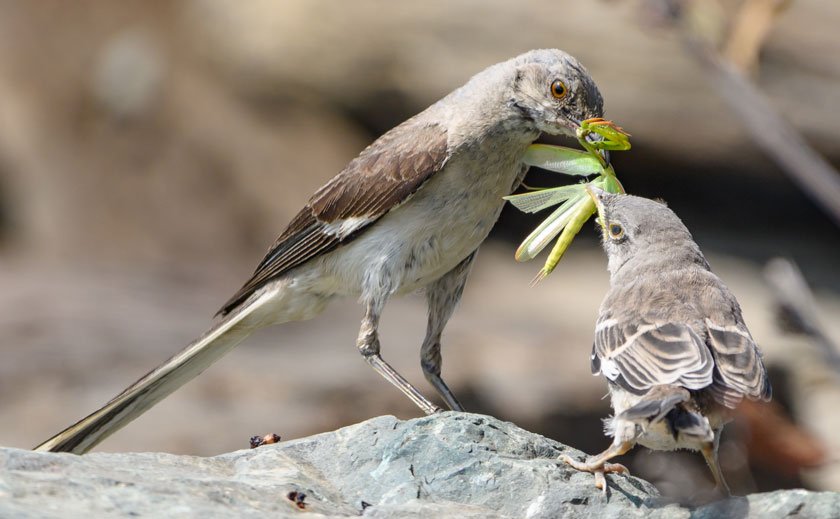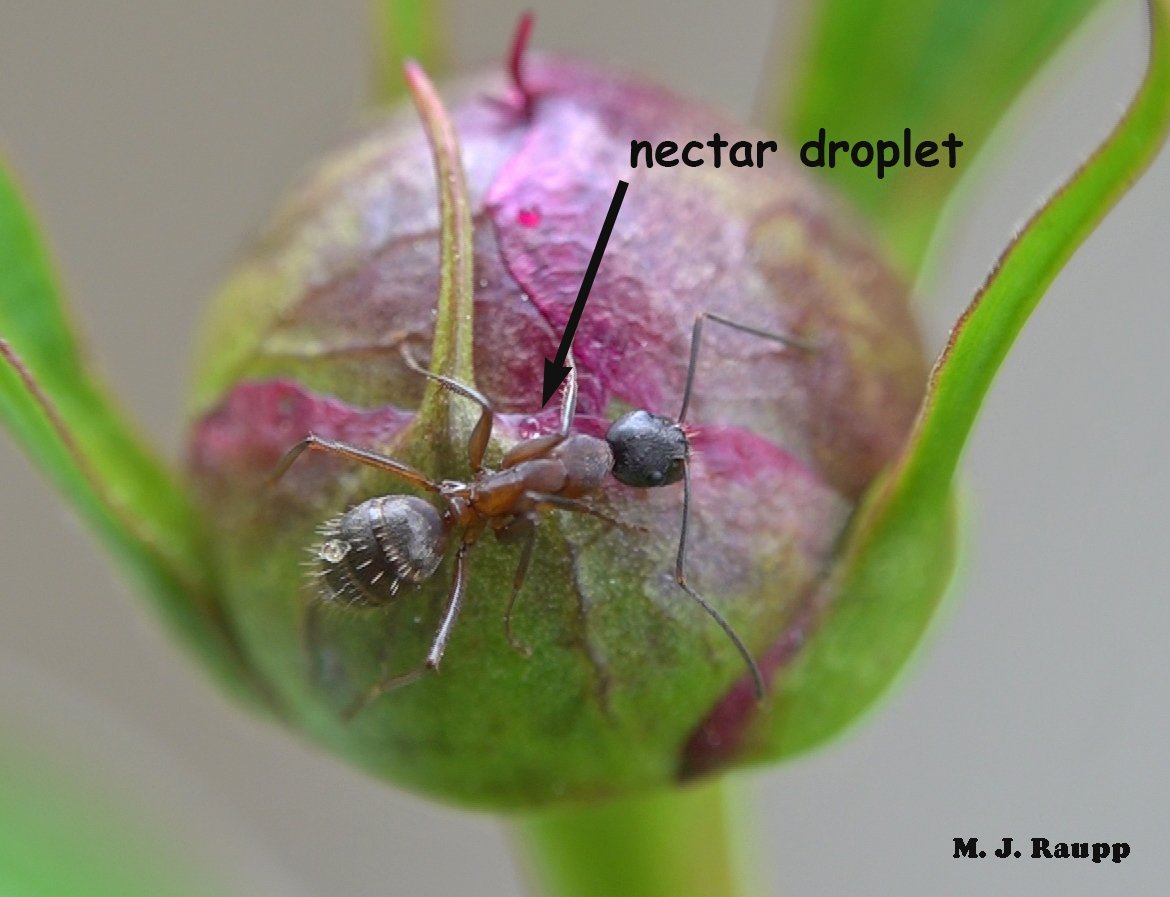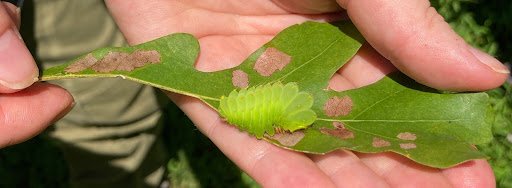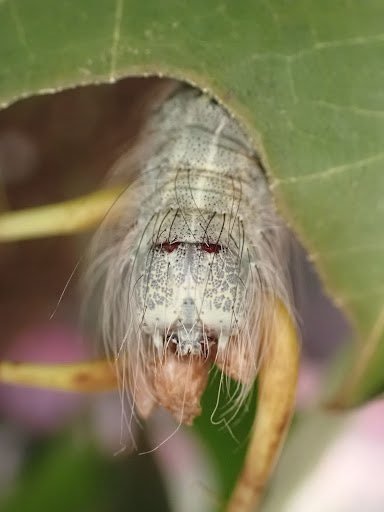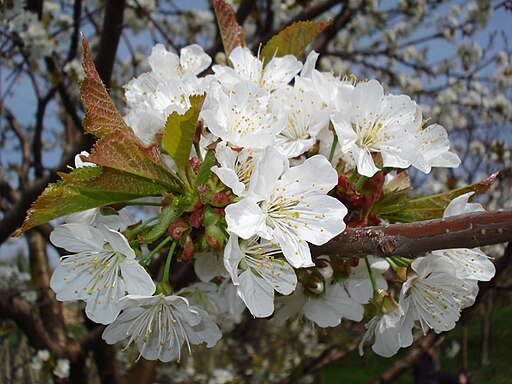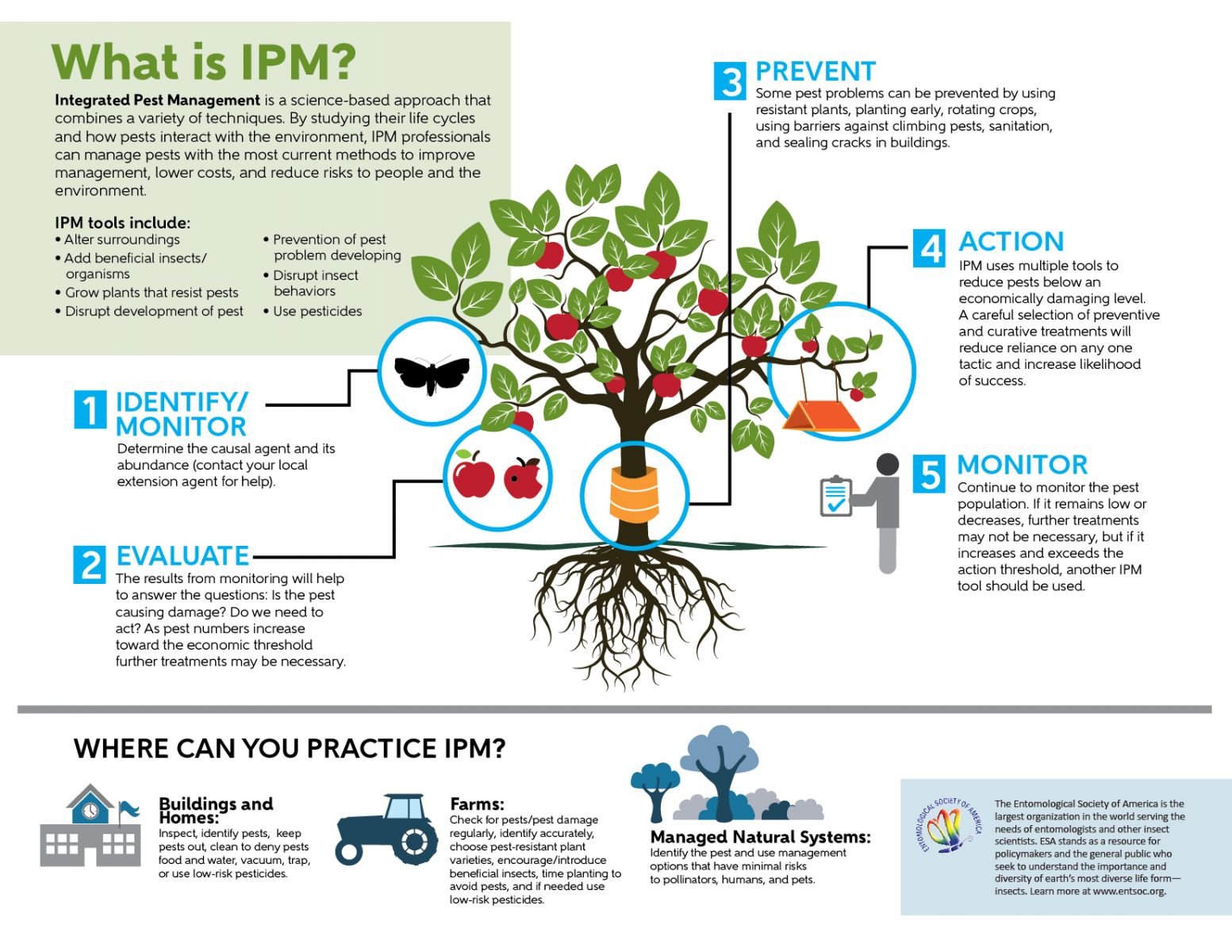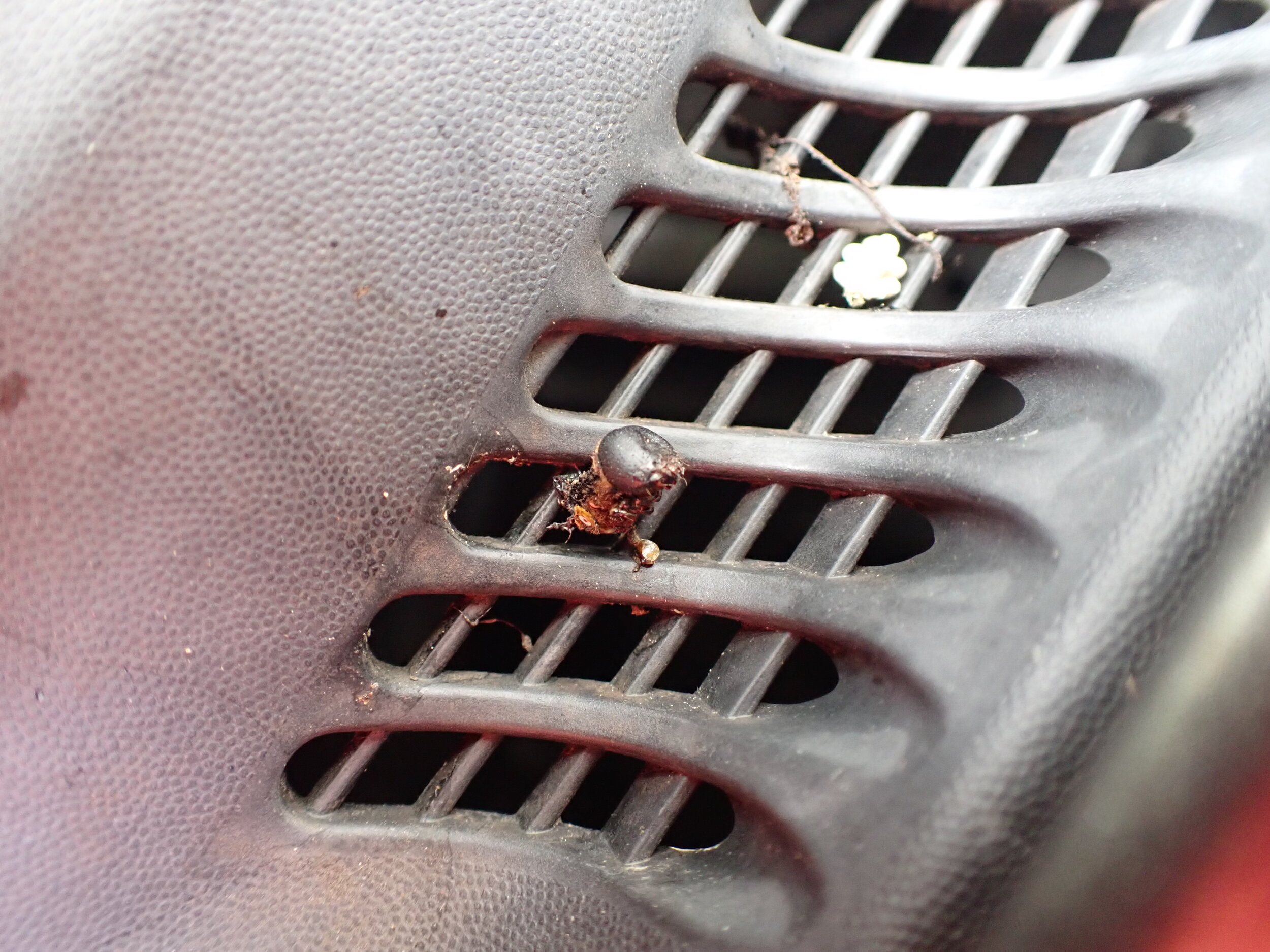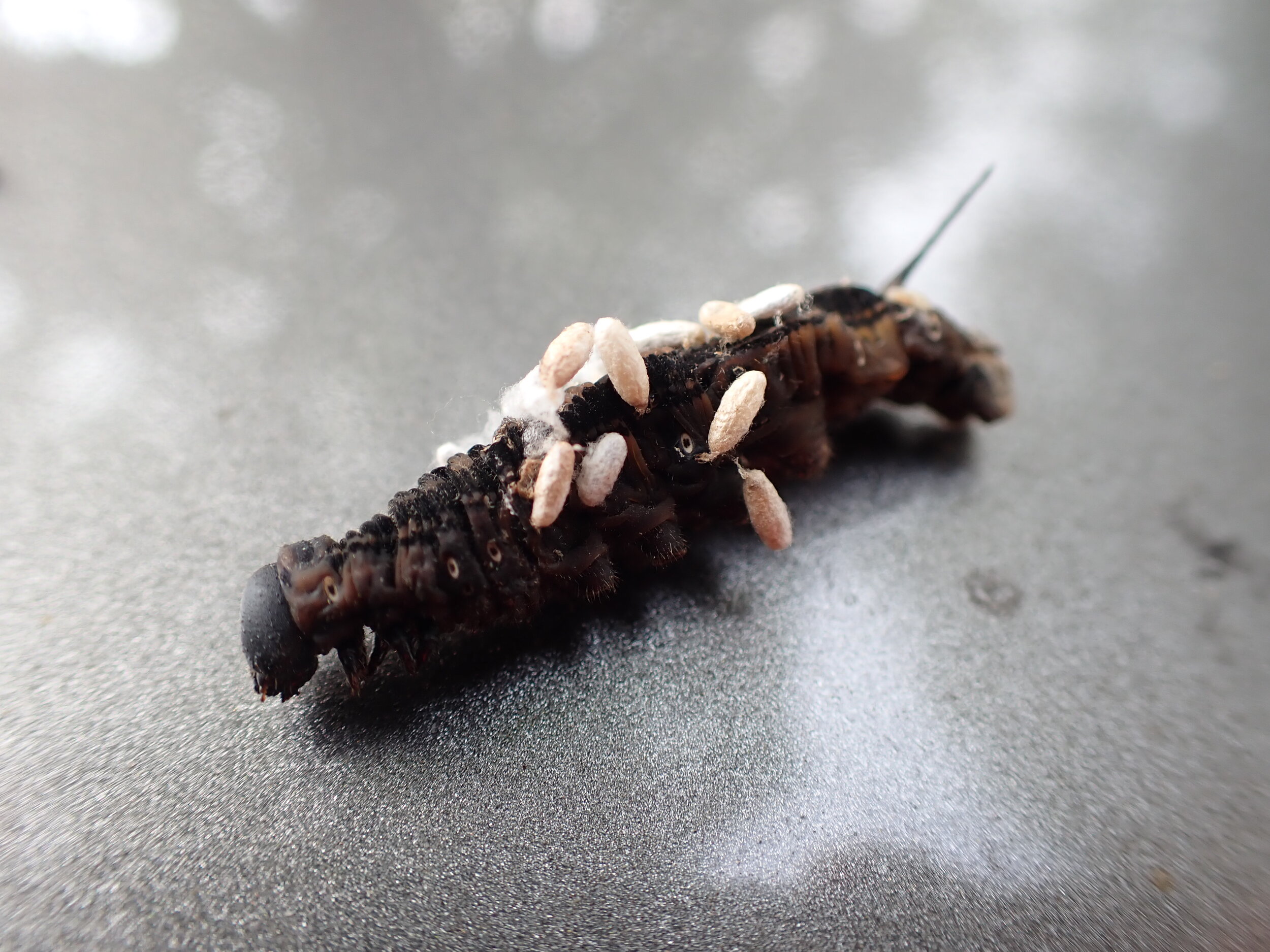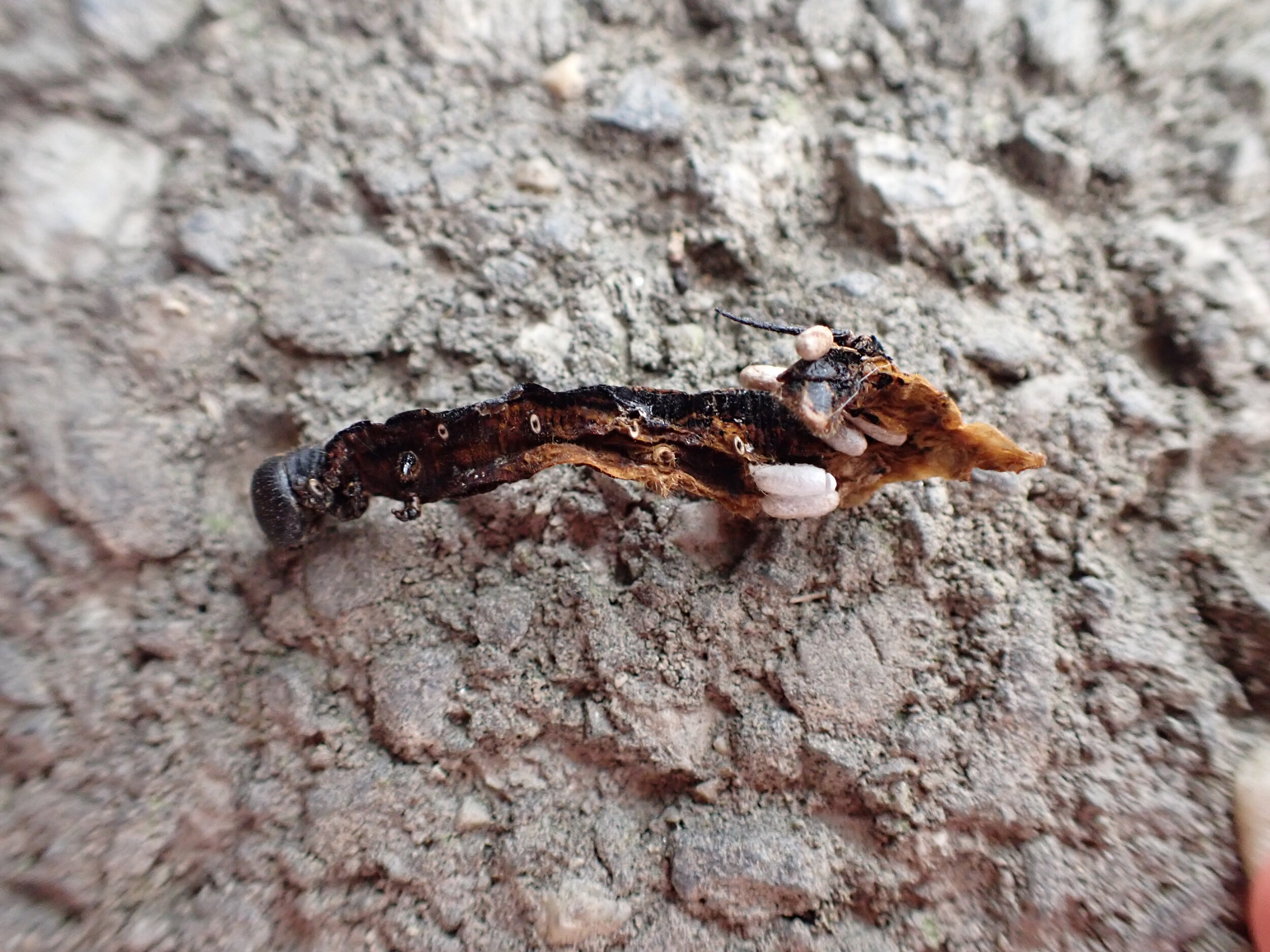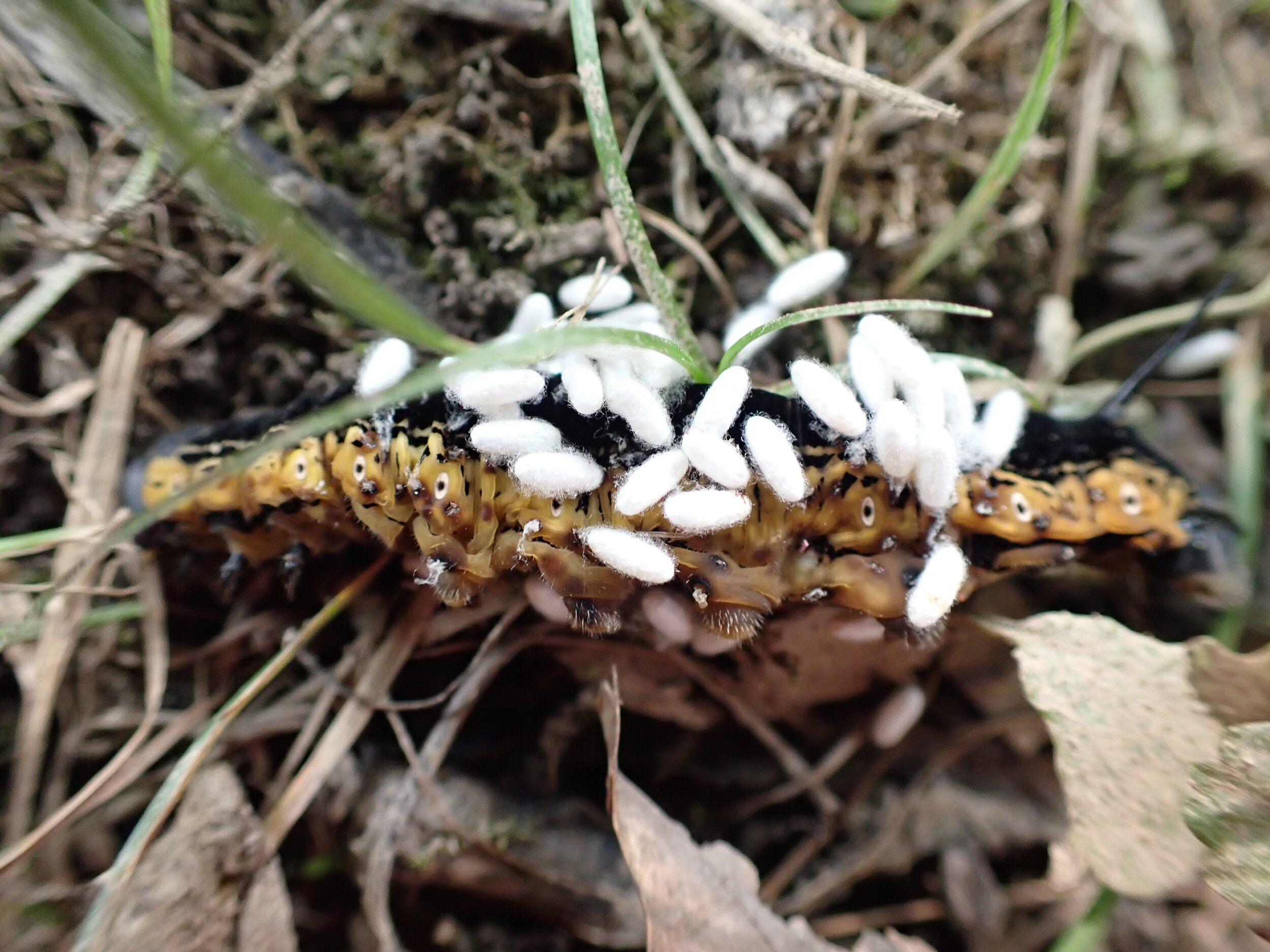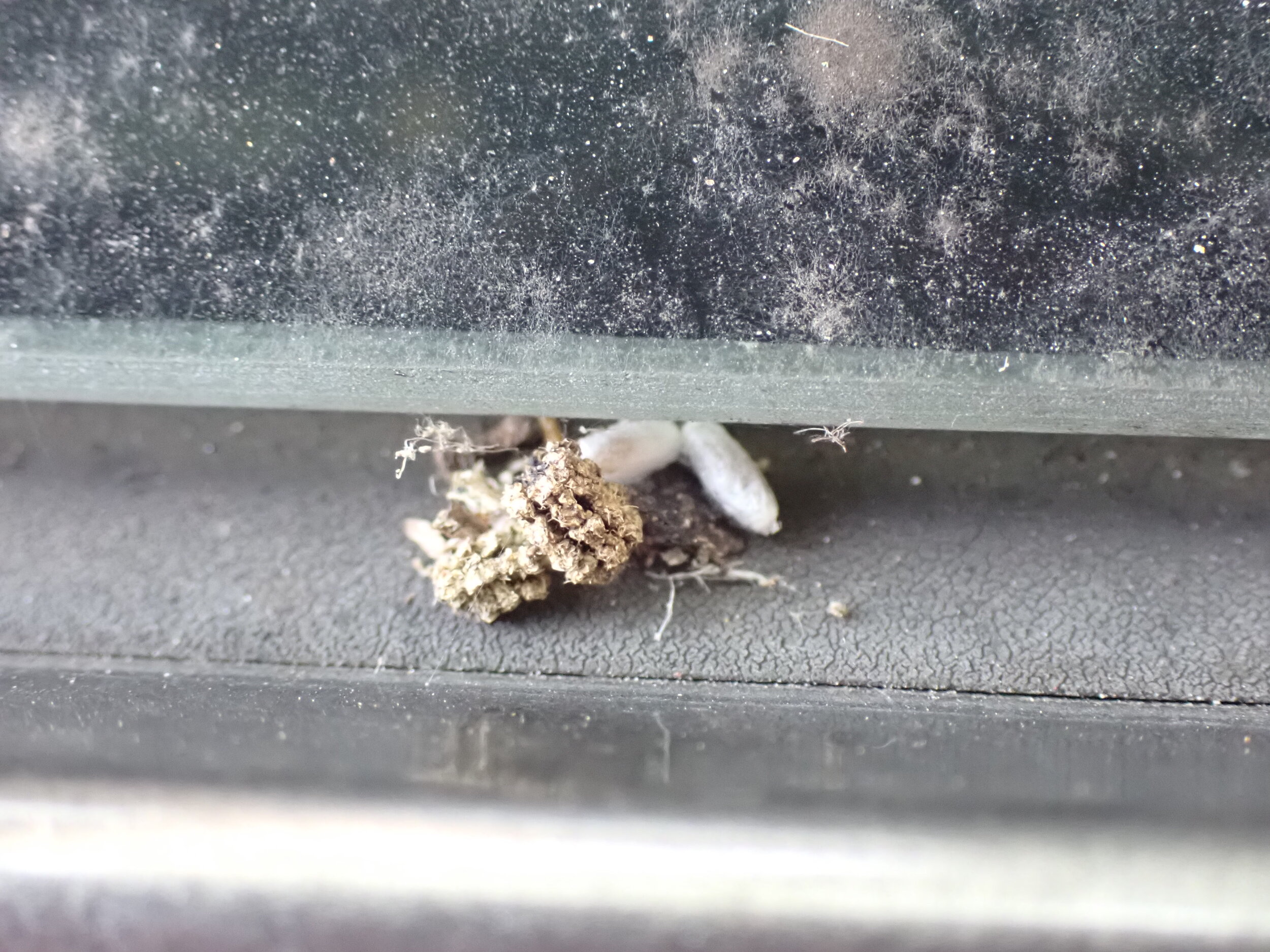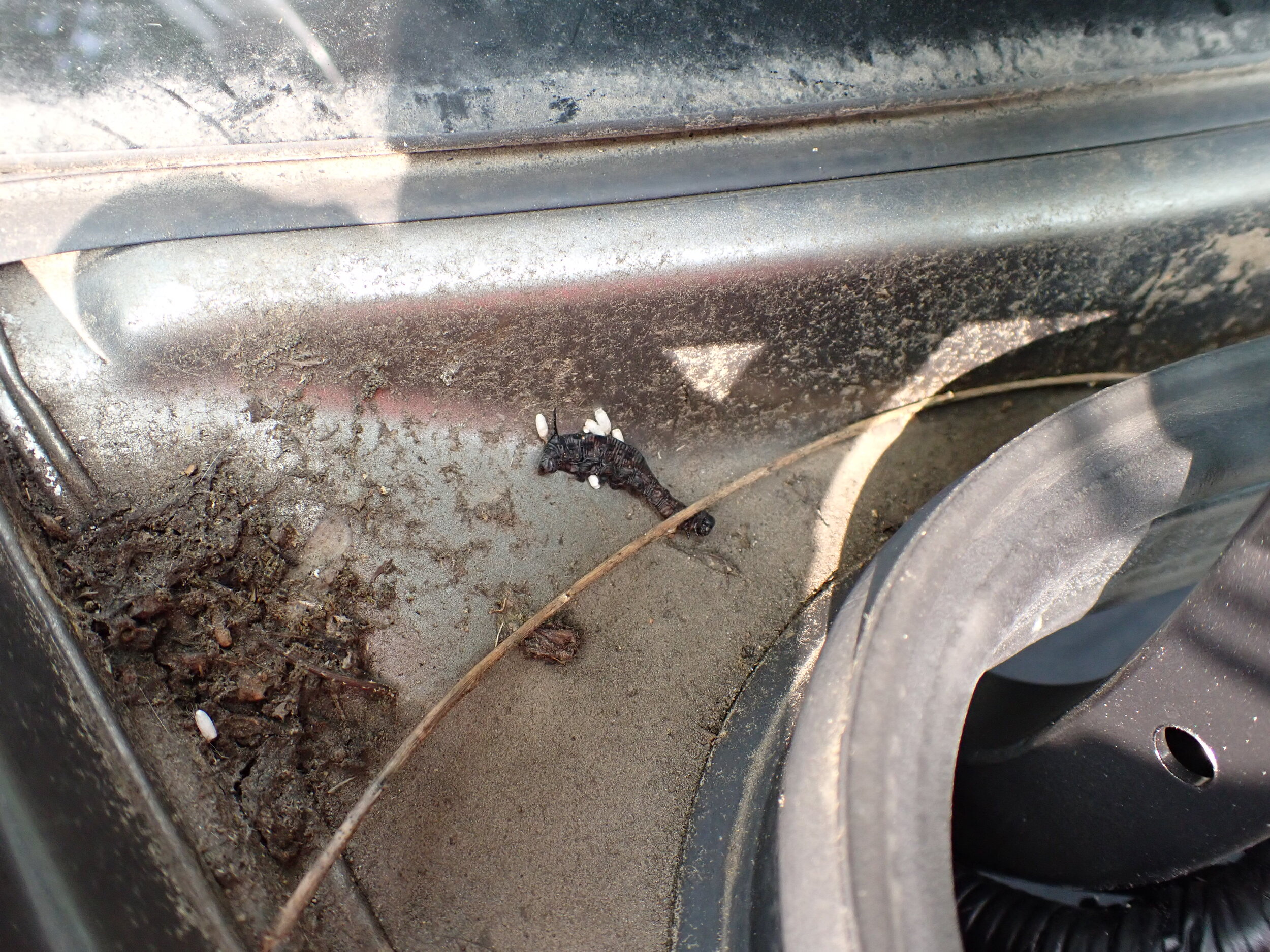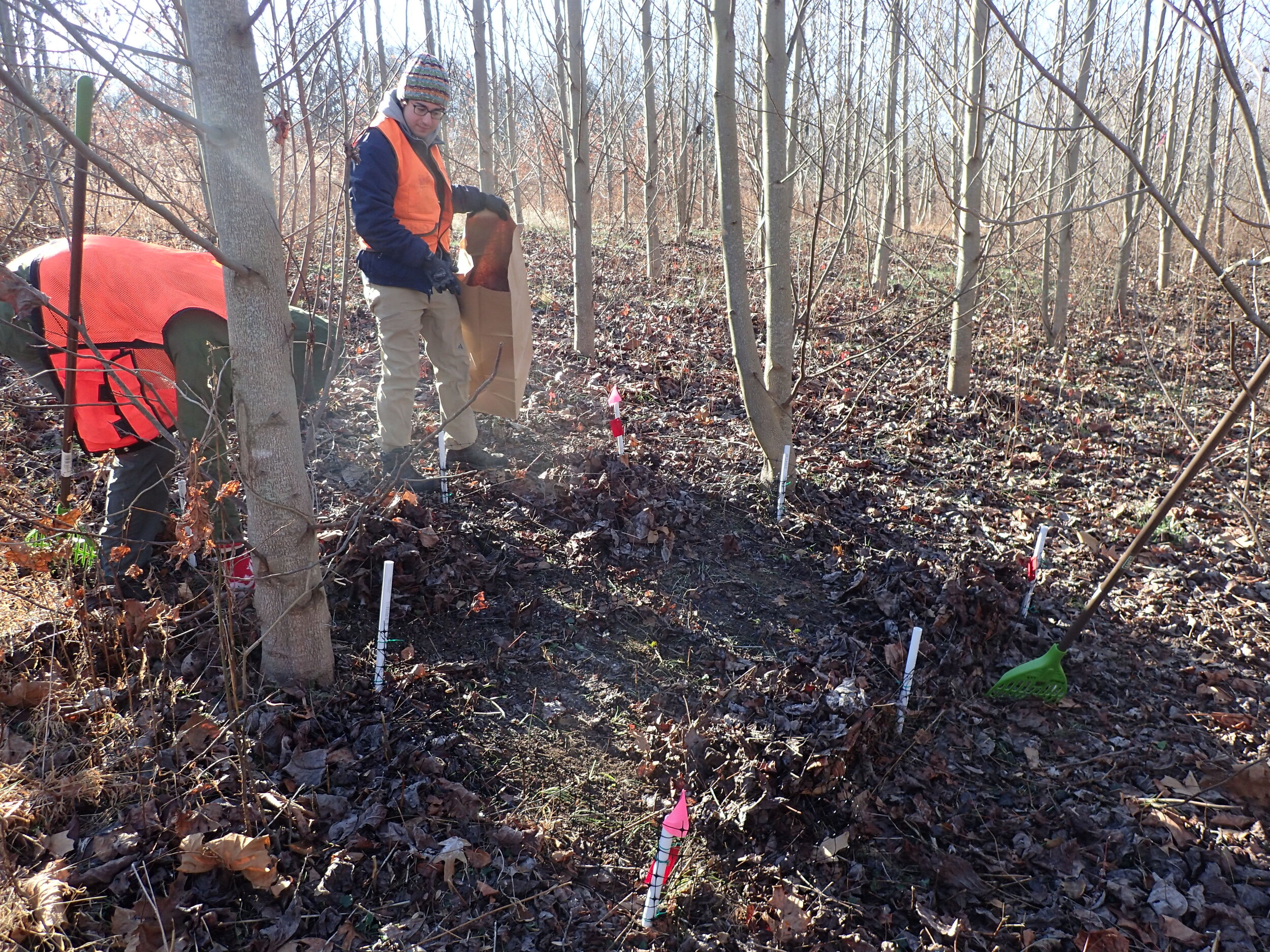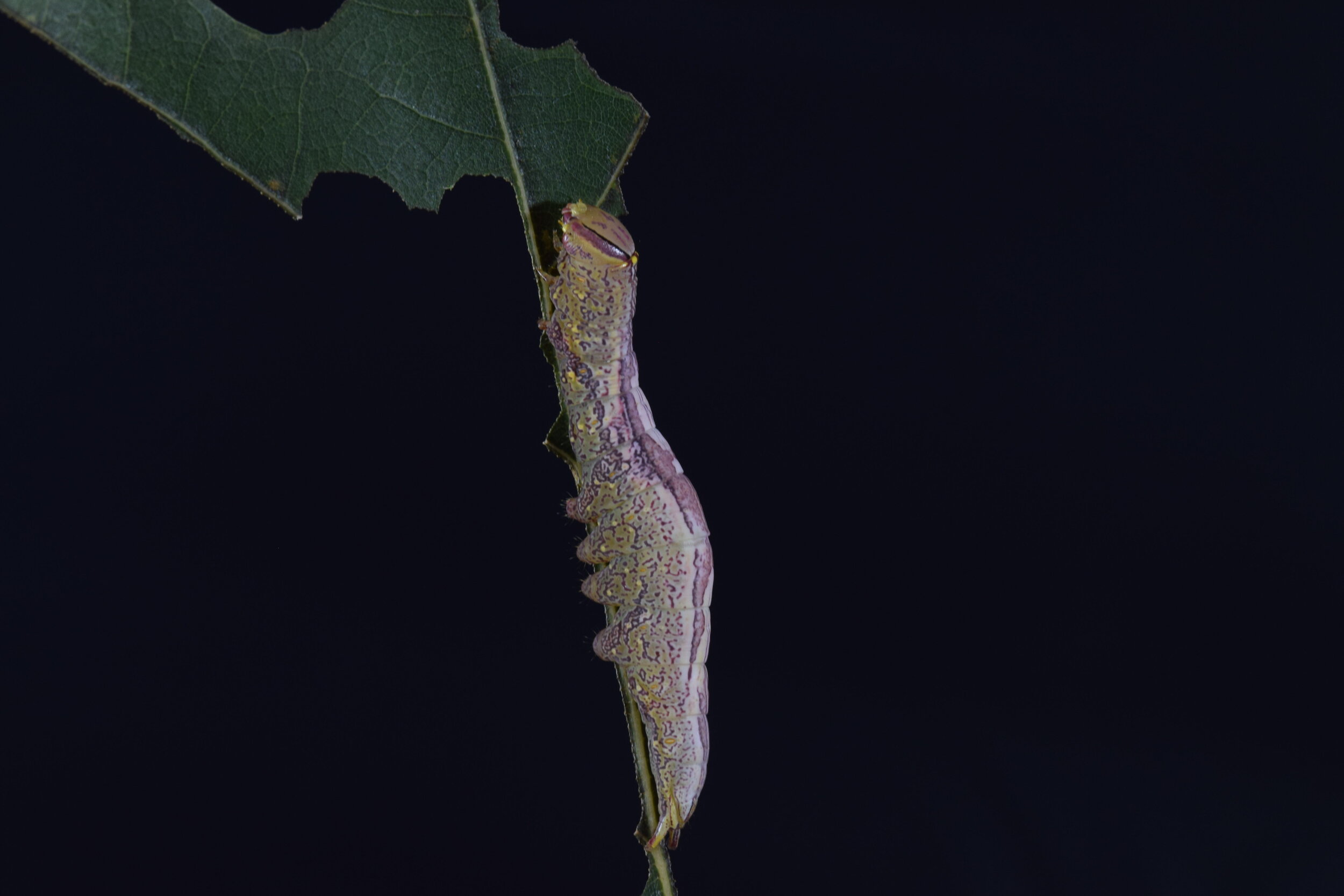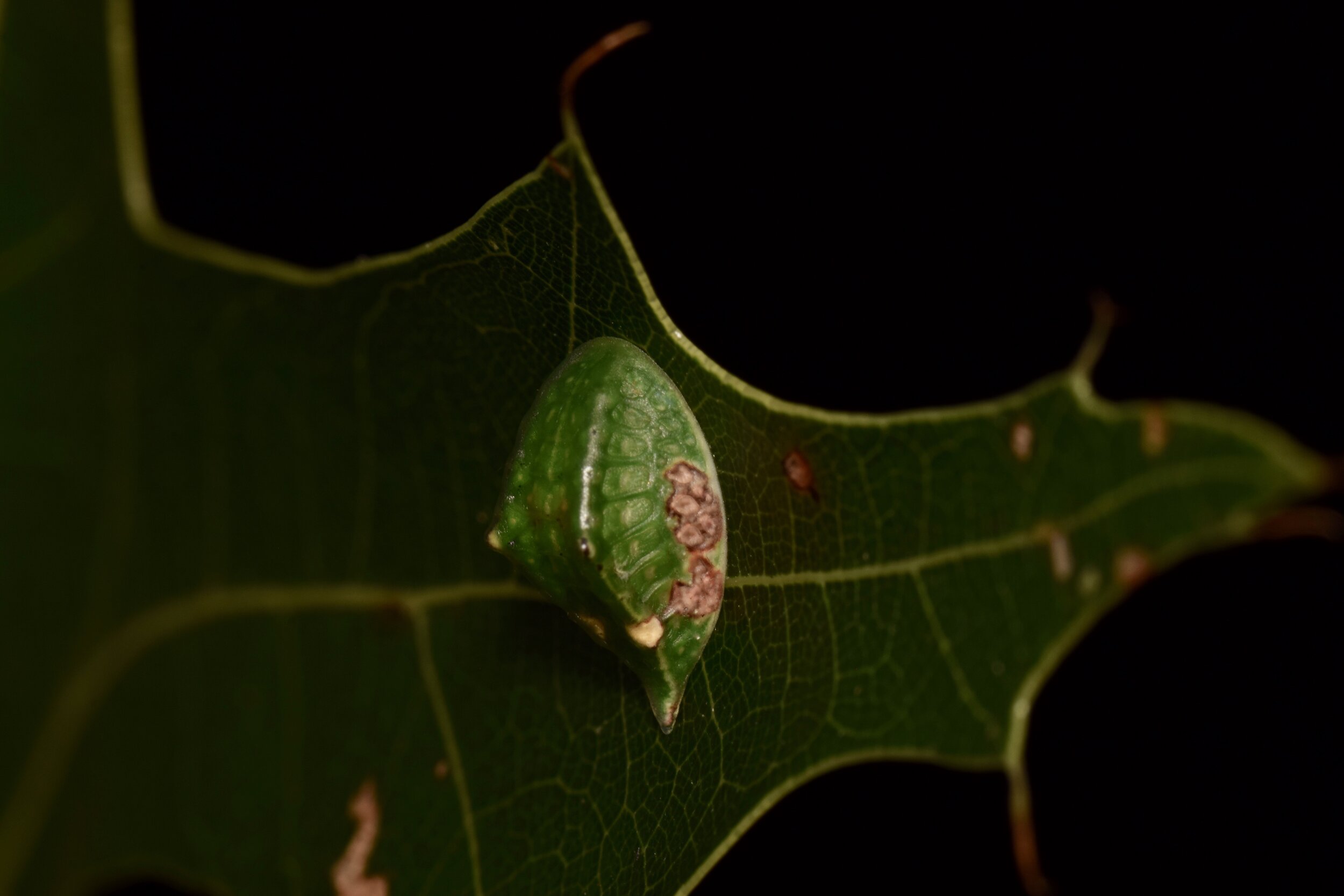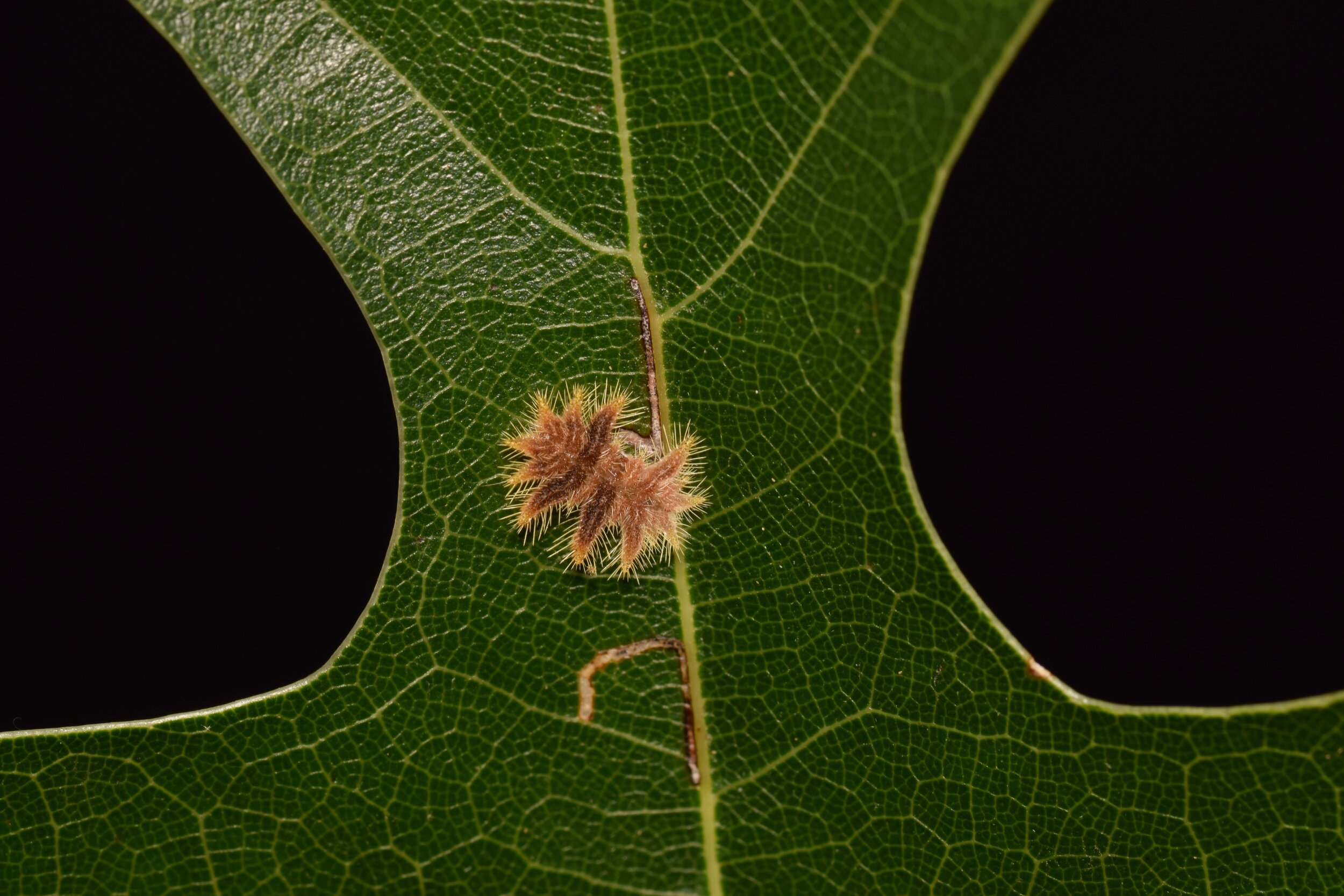Over this summer I was fortunate to have the opportunity to work with the Burghardt Lab here at the University of Maryland. My work focused on assisting Eva Perry, one of the lab’s master’s students, with insect collection across Baltimore, MD. The research aims to explore the relationship between tree management and insect populations. Being able to explore that relationship could lead to a better understanding of how insects choose what and where to populate.
Observing, Collecting, and Identifying Our City’s Insects
The most significant portion of my internship involved doing insect sampling throughout Baltimore. This involved vacuum sampling, looking for signs of insects on branches and leaves, and doing leaf assessments to compare mechanical and insect damage. I also helped to process and organize collected insects back in the lab by identification. From my time working on this project, I gained a more comprehensive understanding of insects. As an agricultural science major, the majority of my education had been largely plant science focused, with entomology on the backburner. It was insightful to have those roles reversed this summer.
Fig 1. Cranefly collected by vacuum sampling.
Checking in on Baltimore’s Young Street Trees
While I spent most of my summer collecting insects with Eva, I also participated in our Grand Challenges project to assess the health of Baltimore’s street trees. This involved measuring photosynthetic potential, tree diameter and height, inspecting the trees for insects or signs of their presence, and identifying any signs of disease or damage.
My participation in this project really taught me how to look for the tiny things and how to train my eyes to be able to spot even the smallest insect. This project also allowed me to put my education in plant science to work, as it came in handy to identify not only the trees themselves, but also diseases or other issues that affected the trees’ overall health.
Fig 2. Sophie and Maggie recording observations on a street tree in Baltimore, MD.
Wrapping Up a Buggy Summer
My time with the Burghardt lab this summer not only let me apply my knowledge I’ve learned as an undergraduate, but it also opened my eyes to a whole new world. I gained an even greater appreciation for insects, and I am now looking to pursue a career in entomology, due largely to my experience this summer. It wouldn’t be without the amazing help I had from everyone on the team and I’m so glad I will be continuing my work with them throughout this semester.
Fig 3. A milkweed tussock moth caterpillar found near a focal tree site.
Written by Sophie McCloskey, undergraduate student














